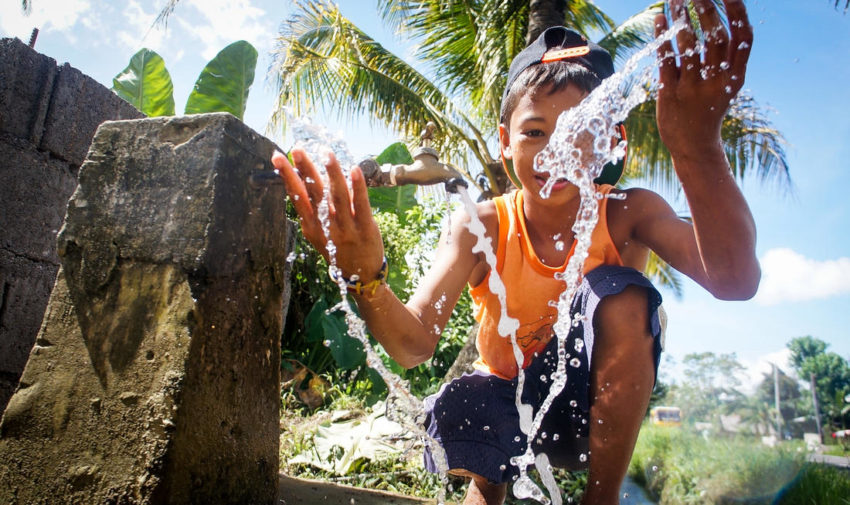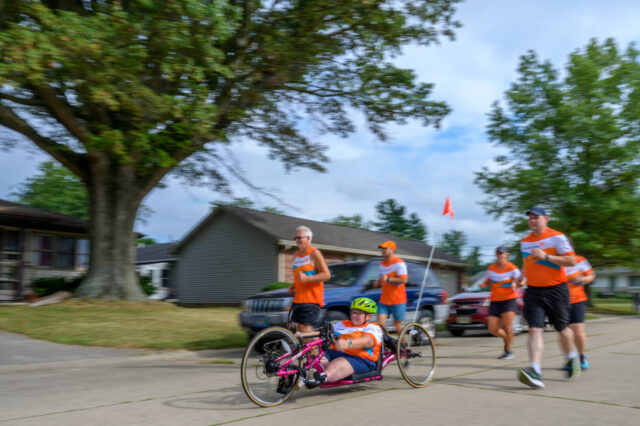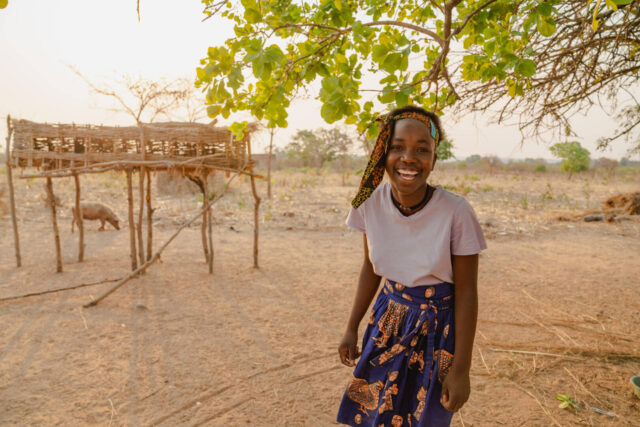In celebration of World Water Day, March 22, World Vision staff worldwide set out to photograph how water links to all areas of life. From super-soaked kids in Cambodia to clean hands in Bolivia to a pump repair in Zambia, see how World Vision’s clean water, sanitation, and hygiene behavior-change programming are helping provide a healthier future for children.
Cambodia: Overflowing
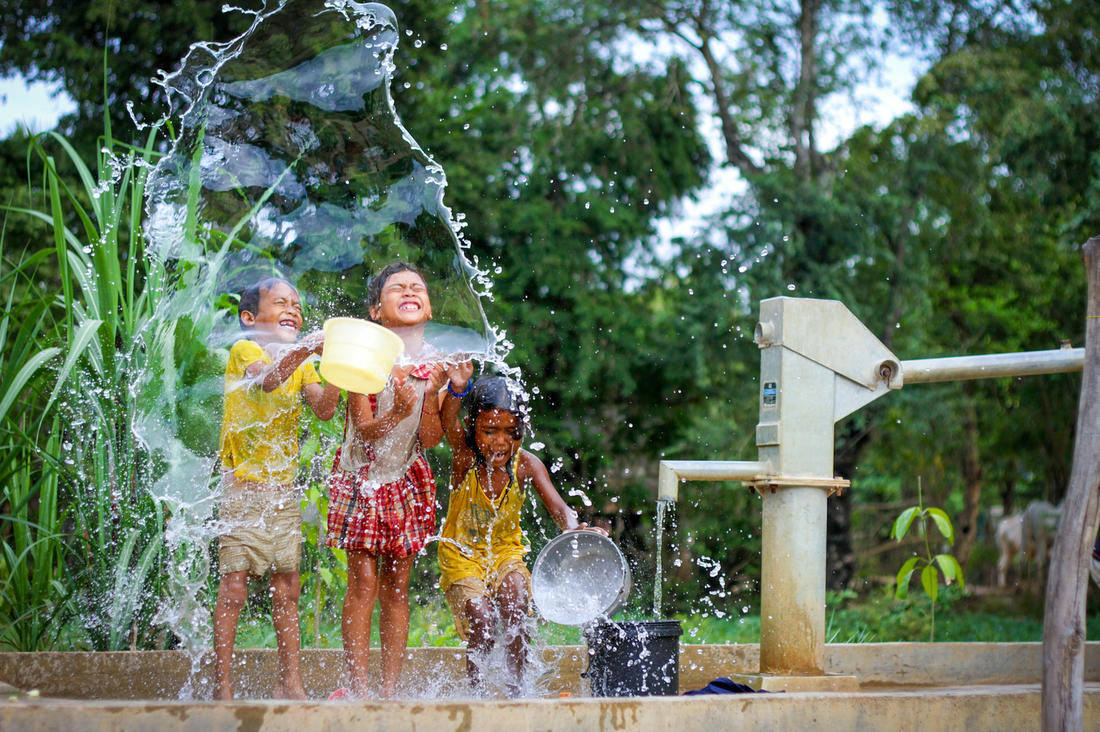
Children in the village of Srey Pror Ser enjoy the benefits of clean water from a new well provided by World Vision. In rural Cambodia, children often lack access to clean drinking water and proper sanitation facilities, leaving them highly susceptible to disease. These school children often used to play in dirty and contaminated bodies of water, but those days are behind them.
World Vision is working with communities like Srey Pror Ser to improve sanitation and access to safe water supplies and promote improved hygiene. “Having few toys to play with is no longer an issue to these children, thanks to the pump donated by World Vision in their community,” World Vision communicator Chetra Ten says. “Not only is it providing for their daily water needs, it is their favorite activity for play.”
One boy sums up what all the kids think: “I’m always happy when I’m surrounded with water.” These days, it’s a downpour.
Malawi: Praying
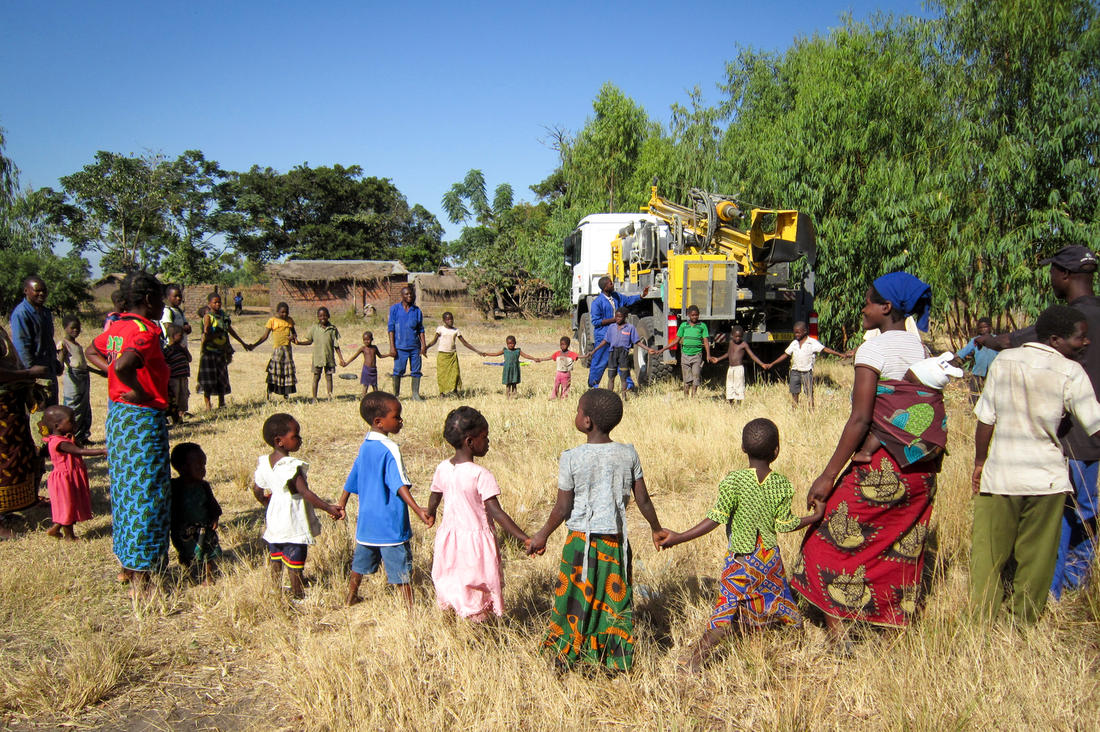
Members of a World Vision drilling team in pray with children and their families in Ching’anda, Malawi. Since 2013, teams have drilled 30 boreholes in the southeastern African country. At least 60 more are slated so people can have access to safe and potable drinking water.
In Malawi, more than 1 million children are affected by chronic hunger due to prolonged dry spells, rainfall shortages, and flooding. Child mortality is also of grave concern, with thousands of children dying before their fifth birthday. World Vision is helping farmers install irrigation systems for greater crop yields to combat malnutrition.
Ethiopia: Payoff
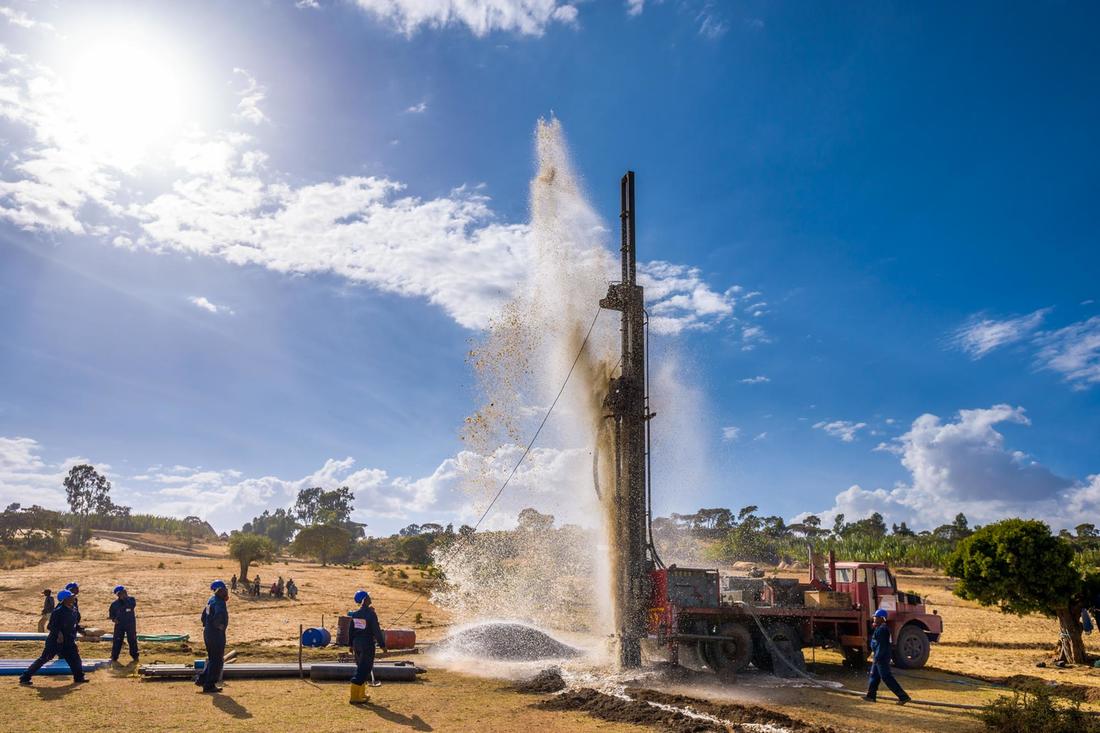
A World Vision drilling team strikes water. This borehole at Meti Walga village in Ethiopia is the first of 23 shallow wells that will be drilled this year. On this day, a sanitation committee is on hand to celebrate the team’s success. Befekadu Gebre, a World Vision manager, says sanitation and hygiene education is critical before drilling projects are conducted. “If you do water without sanitation and hygiene, it is meaningless,” Befekadu says, adding, “We work in schools, and we work to change attitudes.”
Research reveals that 58% of childhood disease is related to unsafe drinking water, inadequate hygiene, and defecation out in the open. In this area, Befekadu says, they’re solving these problems. Because of this well, “our children won’t have waterborne diseases.”
Lebanon: Awash in hope
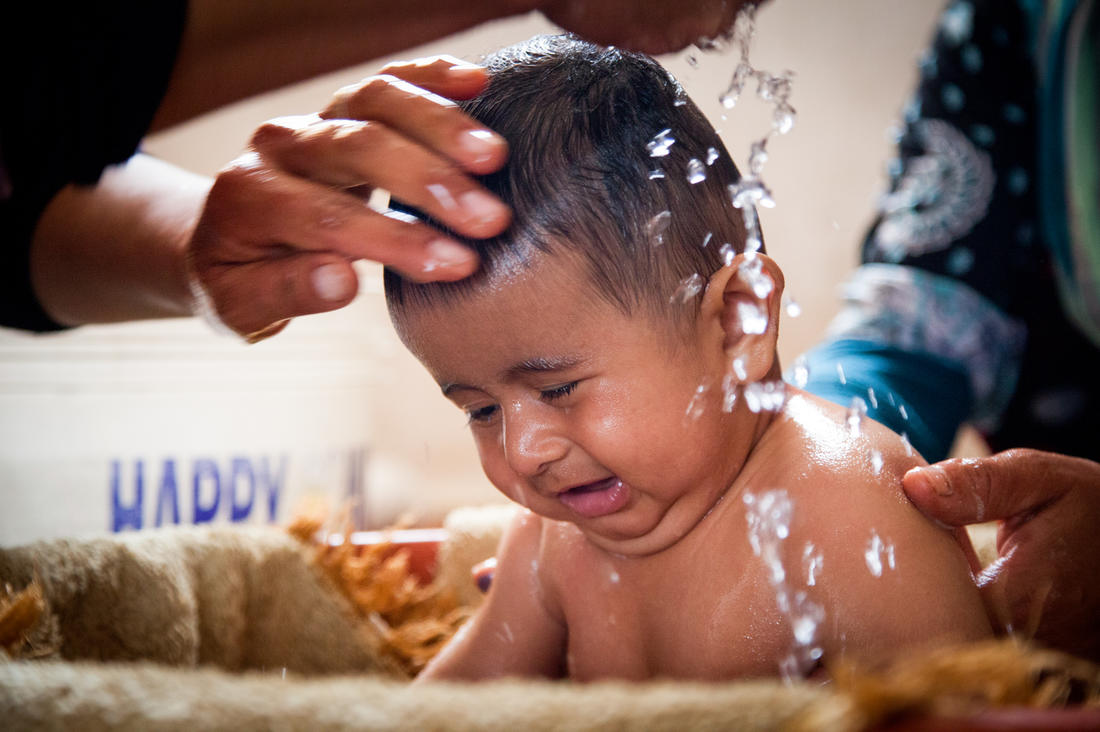
Two women bathe a baby boy in a temporary settlement in Lebanon. In Syrian Arab tradition, aunts help new mothers care for their newborns. Here, Lubaba, a mother of four children, comes to the aid of her sister, Shawwaga, to bathe her son, Abd Al Rahman. “Before [World Vision] had installed the water tanks, my children used to get sick all the time. Now we know why — because of the water,” Lubaba says.
Worldwide, more than 1,600 children die each day from diarrhea caused by unsafe water and poor sanitation and hygiene practices. The baby’s mother is relieved to be able to care for her child. “Thanks to World Vision, I have the means to bathe my children at least two times per week,” Shawwaga says.
Georgia: Cleansing waters
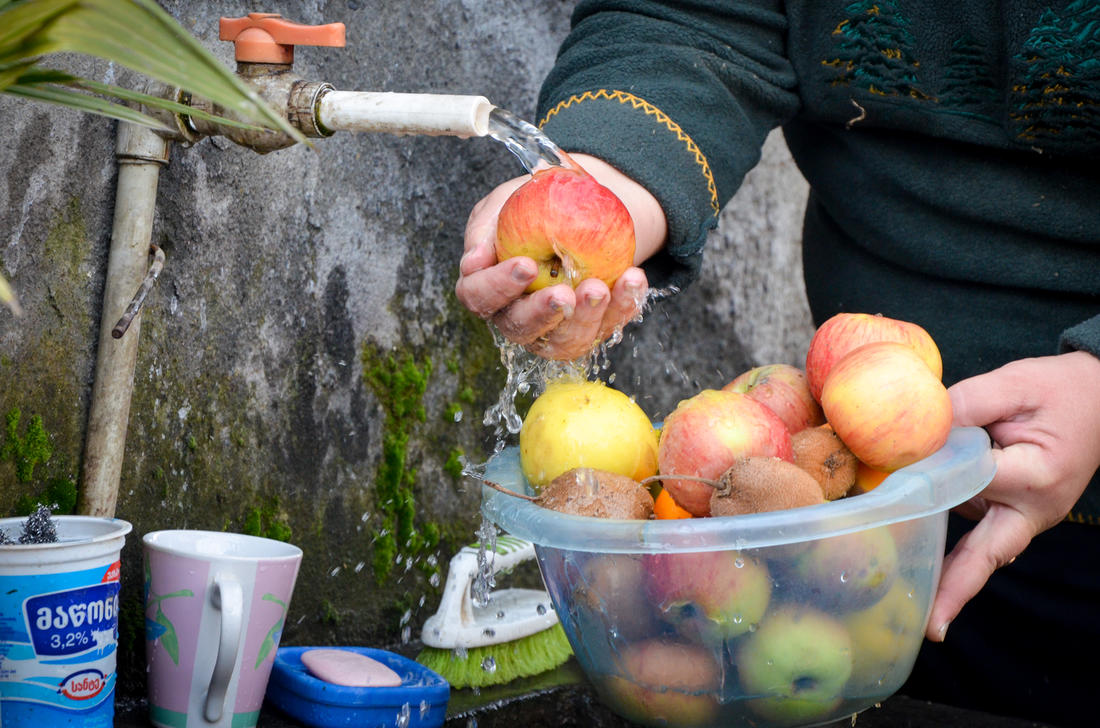
A woman washes fruit with clean water at a faucet near her home in Georgia. Youth in the community are part of a World Vision program to improve the safety and quality of drinking water. Whenever residents doubt water quality, young people test samples and share the results with officials, including school administrators. “We have to approach the local municipality and show them our laboratory results and advocate for better-quality of drinking water,” says Rezo, 17, a program participant.
Bolivia: Healthy smiles
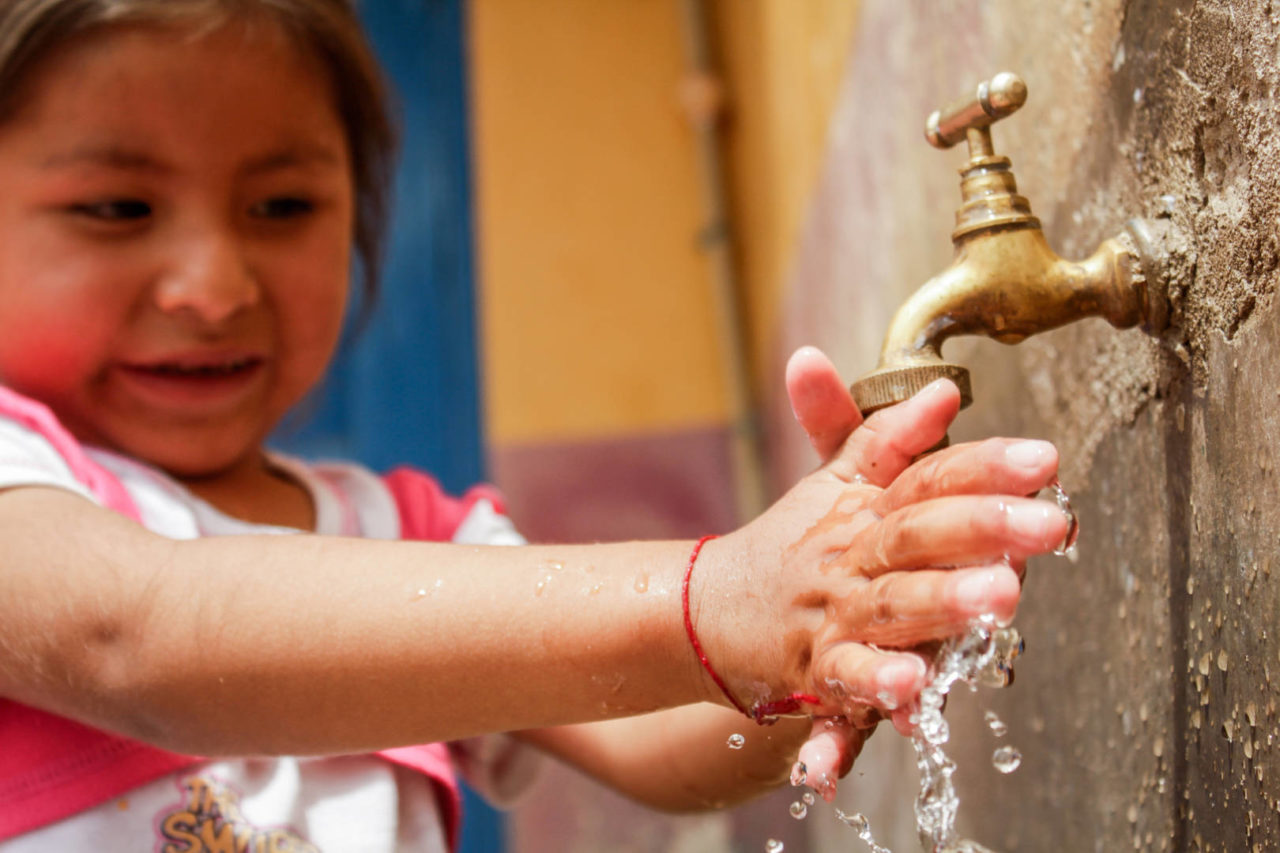
Five-year-old Cecia washes her hands at a water source. World Vision sanitation and hygiene programs in Bolivia help children develop healthy habits like brushing their teeth and handwashing.
Cecia’s mother, Daria, says she was not as fortunate as her daughter; when she was a child she drank water from a well shared by animals. “Thanks to World Vision we have potable water in the house, which is clean and economical,” she says. Daria’s grateful for World Vision’s assistance in providing “hygiene materials with access to drinking water — now I provide the materials for my children.”
Timor-Leste: Working together
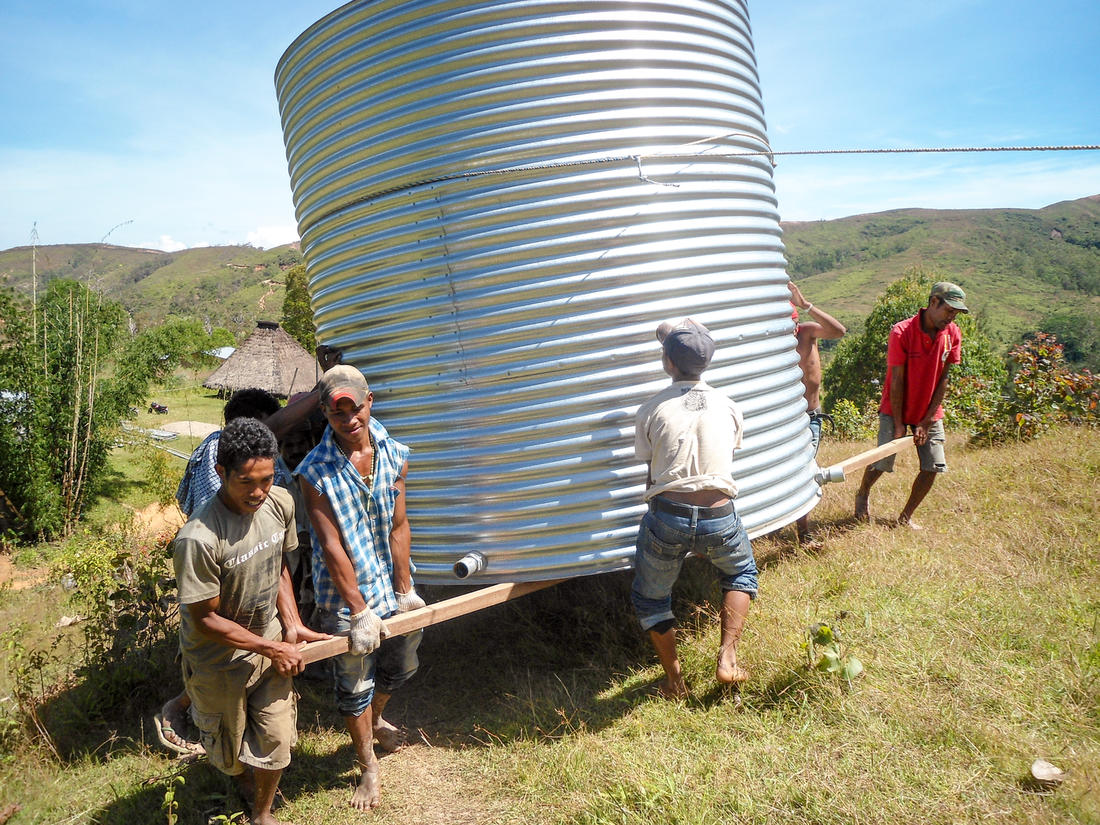
A team moves a water tank closer to their village in Timor-Leste. “Now we do not have to walk one hour to fetch water in the river. My family was able to access clean water close to home,” says Julião Rodriques, a father of four children.
In the last two years, World Vision has quadrupled its capacity to provide clean water in the developing world, making it the leading humanitarian provider of clean water. World Vision now reaches a new person with clean drinking water every 30 seconds.
Zimbabwe: Power surge
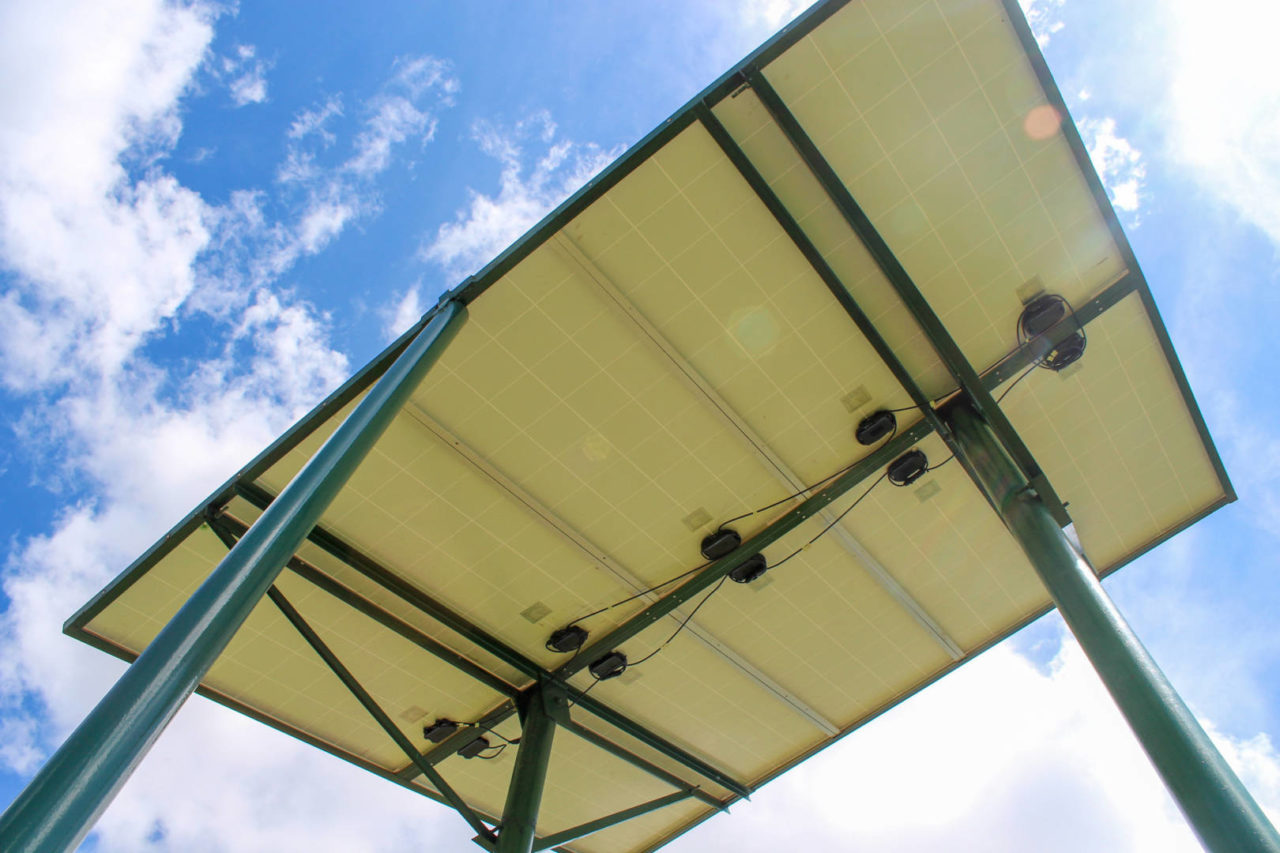
Solar panels power the pump that delivers water to a 10,000-liter tank, then on to a fish pond, nutrition garden, clinic, school, and community water point in the Bandimba village in Zimbabwe. Access to these basic resources significantly helps reduce disease, infant mortality, and chronic poverty, while improving school attendance and economic development. The abundant water supply provides the means for people to grow vegetables and herbs for a nutritious diet.
Armenia: Replacing old with new
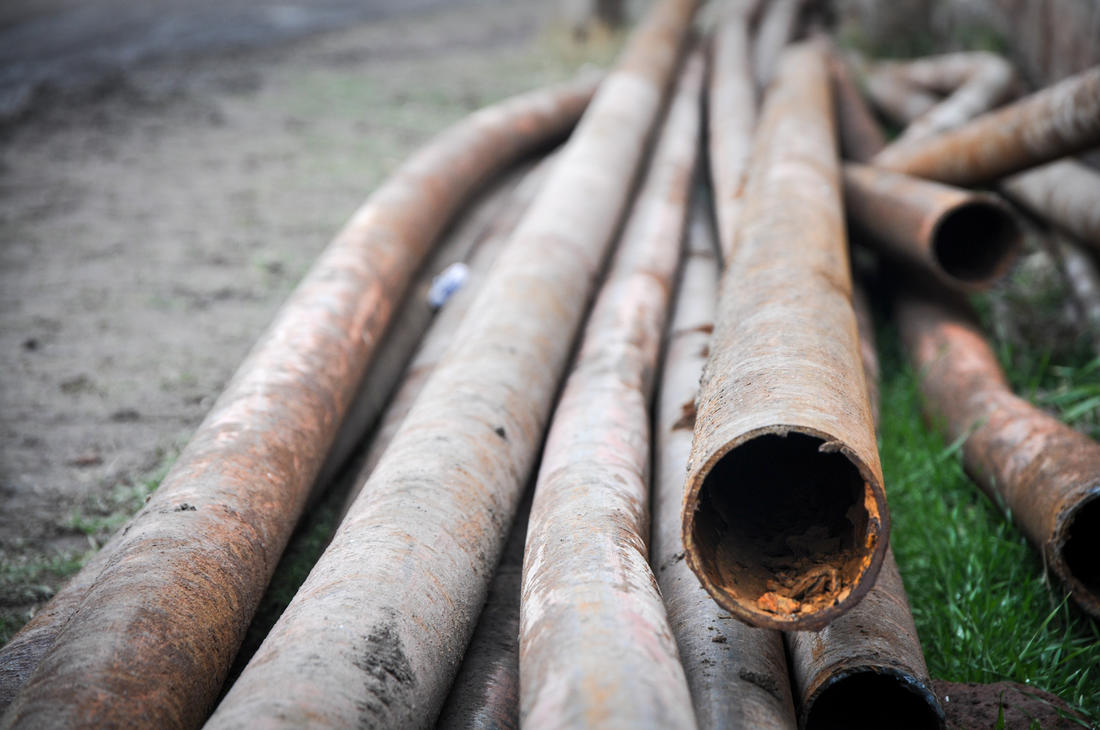
Old, dilapidated pipes are no longer in use after being replaced by World Vision in the Davitashen and Suser villages in the Aragatsotn region in Armenia. “World Vision has replaced these pipelines with new, plastic pipelines which will not get rusty and are safe for health,” says Babken Haroyan, a World Vision staff member in Armenia.
Zambia: Tip tap
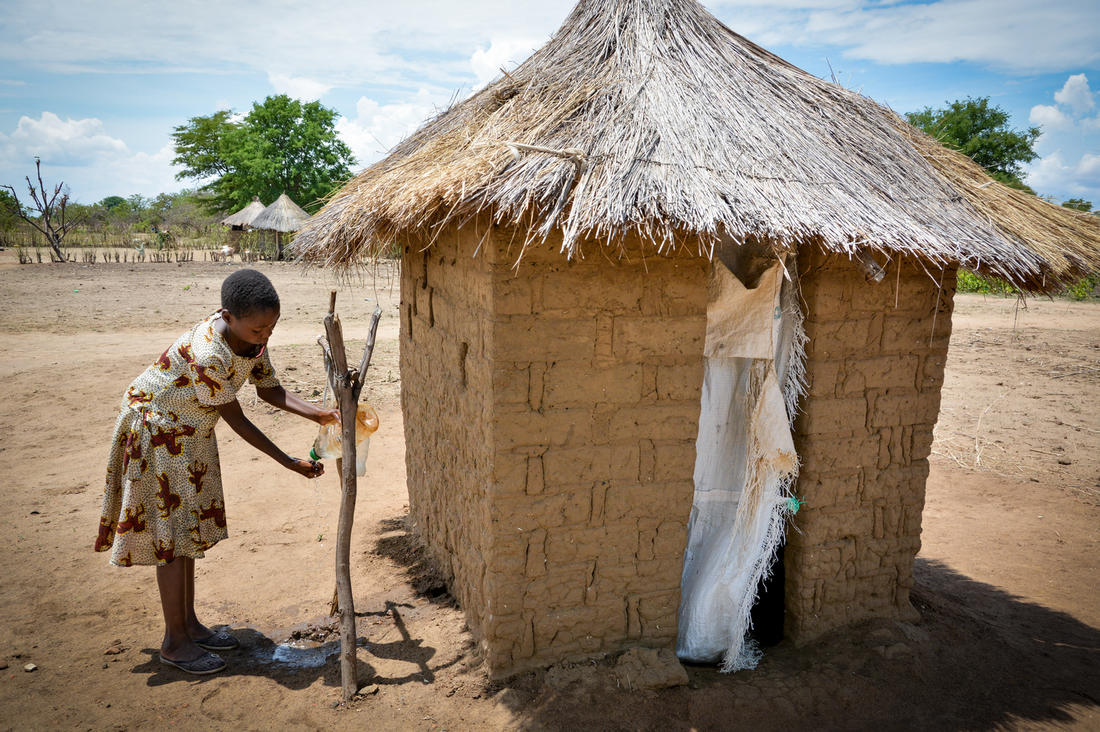
Thirteen-year-old Febby’s inexpensive outdoor technique for washing hands reaps big rewards in hygiene. “I use a ‘tip tap’ to wash my hands after using the toilet. Before, we used the bush to answer the call of nature and never used to wash hands after going to toilet. I did not know the importance of this, but now I know, because my grandmother has taught me,” Febby says. She has learned that a simple act of washing hands with soap can prevent illness and even save her life.
Myanmar: Sanitizing
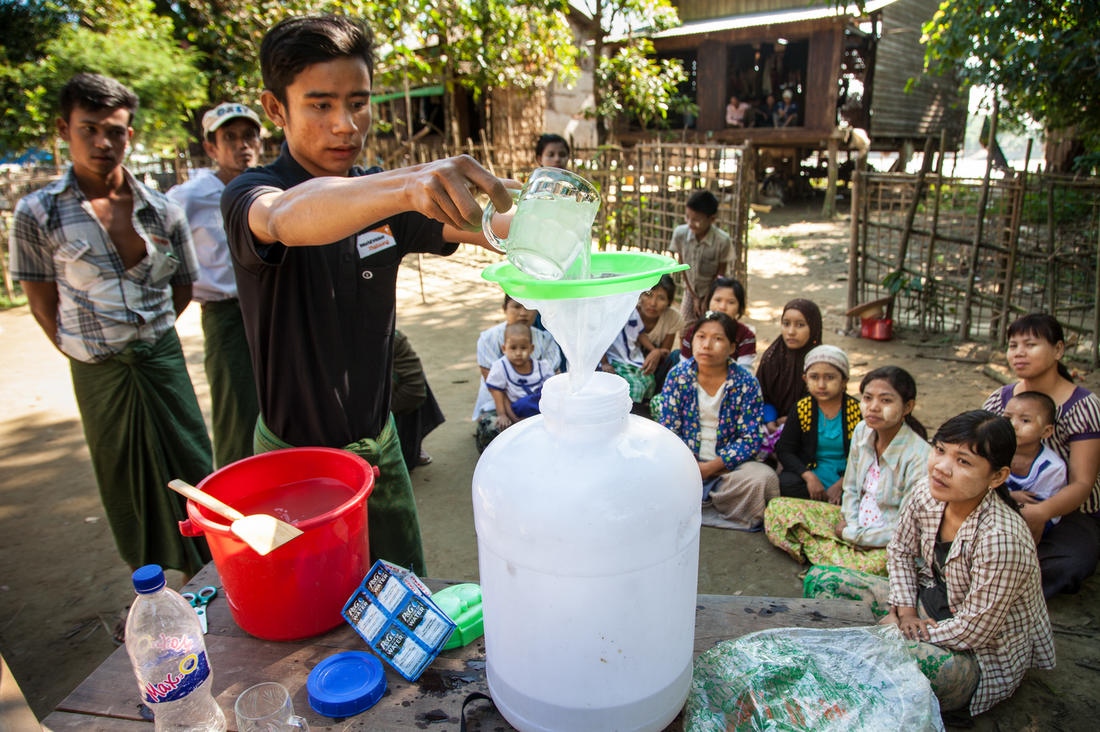
A World Vision staff member shows villagers of Tharbaung Township, Myanmar, how to get clean water by using water filters and water purification packets. This method of purifying water is vital to the villagers as they face clean water shortages during the annual rainy season, which causes rivers and sewage to flood and contaminate water sources.
Zambia: Pump repair
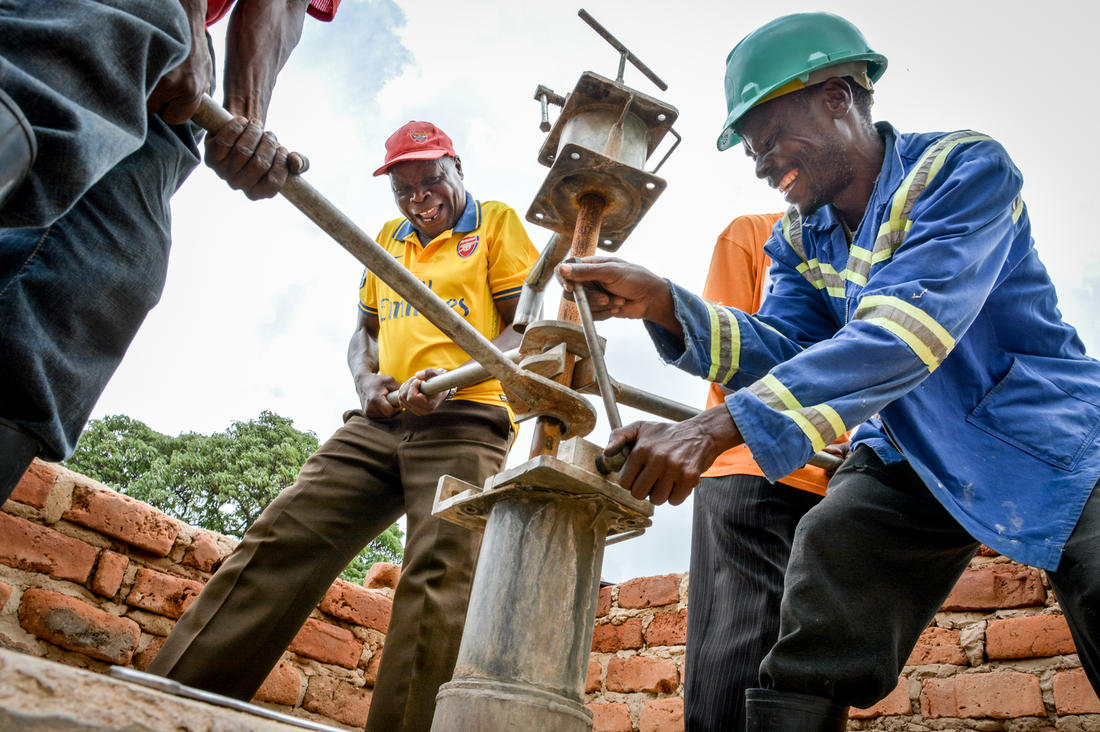
Maintenance team members, including Victor Mweemba, far right, repair a borehole well at a school in Munjile, Zambia. “I make sure that all the 24 boreholes in Munjile area are all functional. Whether drilled by World Vision or not, my job is to work with fellow community members to inspect and repair all boreholes in our area so that no one goes back to drinking dirty water again,” Victor says. “World Vision trained us to ensure that we look after these boreholes on our own.”
South Sudan: Seeking clarity
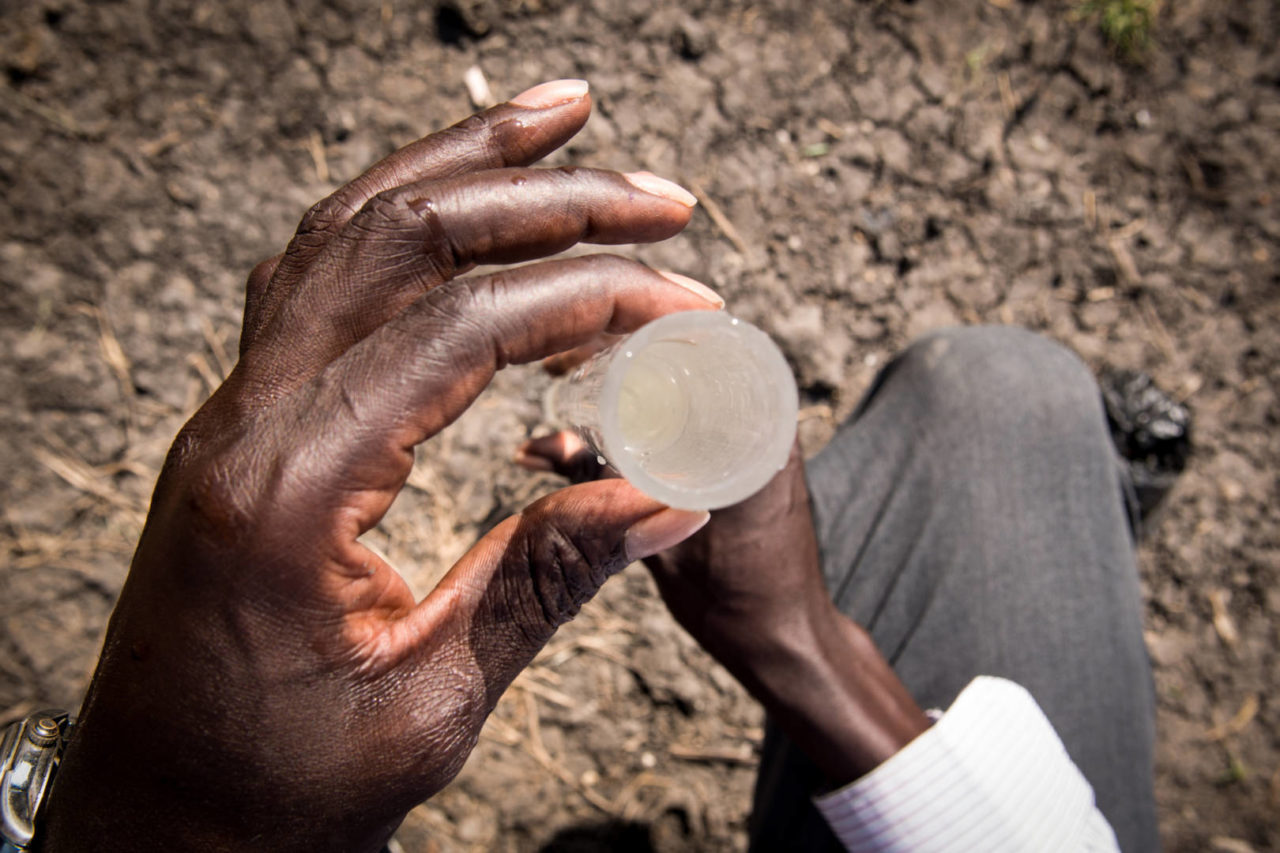
John, an officer for his community’s soil and water assessment team in Kodok, holds a vial of water. The key is to be able to see clearly to the bottom, he says. John daily monitors the quality of water and treats it as necessary.
Only 2% of households in South Sudan have water, according to a 2010 South Sudan household survey, the most recent available. World Vision is trying to change this by providing water treatment systems to remote communities in South Sudan, like John’s village, where the organization seeks to train residents.
